There’s something unforgettable about the first time you drizzle a rich, glistening soyaki sauce over sizzling chicken or tender roasted veggies. This soyaki sauce recipe doesn’t just deliver flavor — it transforms an everyday dish into a crave-worthy experience. Sweet, salty, tangy, and a little nutty, this fusion favorite blends traditional East Asian flavors into a balanced and versatile condiment you’ll want to keep on hand year-round.
What Makes This Soyaki Sauce Recipe So Special?
Soyaki sauce is the bold, flavorful lovechild of two iconic condiments: savory soy sauce and syrupy-sweet teriyaki. This soyaki sauce recipe pays homage to both traditions, while giving home cooks an easy and customizable base for stir-fries, glazes, dipping sauces, and marinades. Imagine a silky sauce that coats your noodles just right, clings to grilled chicken with a caramelized kiss, or doubles as the finishing touch to your favorite rice bowl — that’s the magic this soyaki sauce recipe brings to your kitchen.
With its roots in Japanese and Chinese flavor profiles, soyaki sauce balances the umami of fermented soy with notes of ginger, garlic, sesame, and subtle sweetness. It’s the kind of sauce that tastes like you spent hours perfecting it — but it comes together in under 15 minutes. Whether you’re meal prepping for the week or hosting a casual backyard dinner, this soyaki sauce recipe is your flavor-forward sidekick.
From a sensory standpoint, it’s a dream: the aroma of grated ginger and garlic sautéing in toasted sesame oil will have your whole kitchen glowing with anticipation. As the sauce simmers, it thickens to a luscious glaze, with a flavor that’s deep yet not overpowering. Once you make it yourself, you may never go back to store-bought.
Ingredients for Homemade Soyaki Sauce
Here’s what you’ll need to make this irresistible soyaki sauce recipe. Every ingredient plays a role — from the umami-rich base to the aromatic highlights.
- ¾ cup low-sodium soy sauce (or tamari for gluten-free option)
- ¼ cup pineapple juice (fresh or bottled, not from concentrate)
- 2 tablespoons brown sugar
- 2 tablespoons honey
- 1 tablespoon toasted sesame oil
- 2 teaspoons fresh ginger, finely grated
- 2 teaspoons fresh garlic, minced or grated
- 2 tablespoons rice vinegar
- 1 tablespoon cornstarch (optional, for thickening)
- 2 tablespoons cold water (to mix with cornstarch, if using)
- 1 tablespoon sesame seeds (toasted)
- ½ teaspoon crushed red pepper flakes (optional, for heat)
Each component in this soyaki sauce recipe builds toward a complex and layered result. The pineapple juice brings brightness and acidity, balancing the saltiness of the soy sauce. Brown sugar and honey add depth and molasses warmth, while the sesame oil, ginger, and garlic provide aromatic top notes.
For those looking to reduce sugar, you can replace brown sugar with date syrup or use a sugar-free sweetener like monk fruit. Want more heat? Add extra red pepper flakes or a splash of sriracha. This soyaki sauce recipe adapts beautifully to your preferences.
Essential Tools for Preparation
One of the best parts of this soyaki sauce recipe is how low-lift it is when it comes to kitchen equipment. You don’t need fancy gadgets — just a few reliable basics:
- Small saucepan – For simmering your sauce gently without burning the sugars
- Whisk – To emulsify and blend ingredients evenly
- Microplane or fine grater – Ideal for ginger and garlic to release maximum aroma and juice
- Measuring cups and spoons – Accuracy matters for the flavor balance
- Heatproof spoon or spatula – For stirring as the sauce thickens
- Mason jar or airtight container – For storing your finished sauce in the fridge
- Fine-mesh strainer (optional) – For an ultra-smooth texture, especially if you’re serving as a dipping sauce
With just 10–15 minutes and these few tools, you’ll be ladling out spoonfuls of homemade goodness in no time. This soyaki sauce recipe is not only approachable but empowering — it invites you to take back control of your ingredients, your flavors, and your meals.
Ingredient Additions & Substitutions
Gluten-Free Options
If you’re avoiding gluten, this soyaki sauce recipe easily adapts. Swap out traditional soy sauce for tamari or coconut aminos. Tamari delivers a deep, rich umami flavor without wheat, while coconut aminos offer a slightly sweeter, lighter profile that still supports the savory backbone of this soyaki sauce recipe.
Low-Sugar or Sugar-Free Versions
To cut back on sugar while preserving sweetness, replace brown sugar with monk fruit sweetener, erythritol, or date syrup. Honey can be substituted with maple syrup or agave nectar to make this soyaki sauce recipe vegan. These alternatives maintain the sticky, glossy finish we love in a great soyaki sauce recipe without sacrificing flavor.
Soy-Free Alternative
For those avoiding soy entirely, use liquid aminos or a soy-free seasoning sauce. When blended with the tang of pineapple juice and the bite of fresh ginger, your soyaki sauce recipe still delivers a balanced flavor with plenty of character.
Flavor Enhancements
Want to spice things up? Add 1 teaspoon sriracha or gochujang for a bolder, Korean-inspired take. A splash of lime juice or yuzu can add brightness, while extra garlic, green onion, or even a dab of miso paste can deepen the umami. These additions keep your soyaki sauce recipe personal, creative, and endlessly usable.
Step-by-Step Instructions
① Prepare the Aromatics
Grate 2 teaspoons fresh ginger and 2 teaspoons garlic using a microplane or fine grater. These are the flavor foundation of your soyaki sauce recipe and should be as fresh and pungent as possible.
② Mix the Core Ingredients
In a small saucepan, combine:
- ¾ cup soy sauce
- ¼ cup pineapple juice
- 2 tablespoons brown sugar
- 2 tablespoons honey
- 1 tablespoon toasted sesame oil
- 2 tablespoons rice vinegar
Whisk until the sugar begins to dissolve. This sweet and salty base is what gives the soyaki sauce recipe its signature taste.
③ Add Aromatics and Simmer
Add the ginger and garlic into the saucepan. Set the pan over medium heat and bring the mixture to a gentle simmer. As the soyaki sauce recipe simmers, the ginger and garlic infuse the liquid, enhancing the aroma and depth of flavor.
④ Allow Flavors to Meld
Let the sauce simmer uncovered for 5 to 6 minutes. Stir occasionally with a heatproof spoon to prevent burning. This phase allows the soyaki sauce recipe to fully develop its complexity.
⑤ Optional Thickening
If you prefer a thicker consistency, mix 1 tablespoon cornstarch with 2 tablespoons cold water to form a slurry. Slowly whisk it into the sauce. After 1–2 minutes, your soyaki sauce recipe will become a beautiful, glossy glaze ideal for coating meats or vegetables.
⑥ Finish with Flavor
Remove the sauce from the heat and stir in:
- 1 tablespoon toasted sesame seeds
- ½ teaspoon crushed red pepper flakes (optional)
These additions give the soyaki sauce recipe extra texture and a hint of heat.
⑦ Cool and Store
Let the sauce cool for 10–15 minutes before transferring it to a mason jar or airtight container. This soyaki sauce recipe keeps well in the refrigerator for up to 10 days. Give it a good shake before each use as some separation is natural.
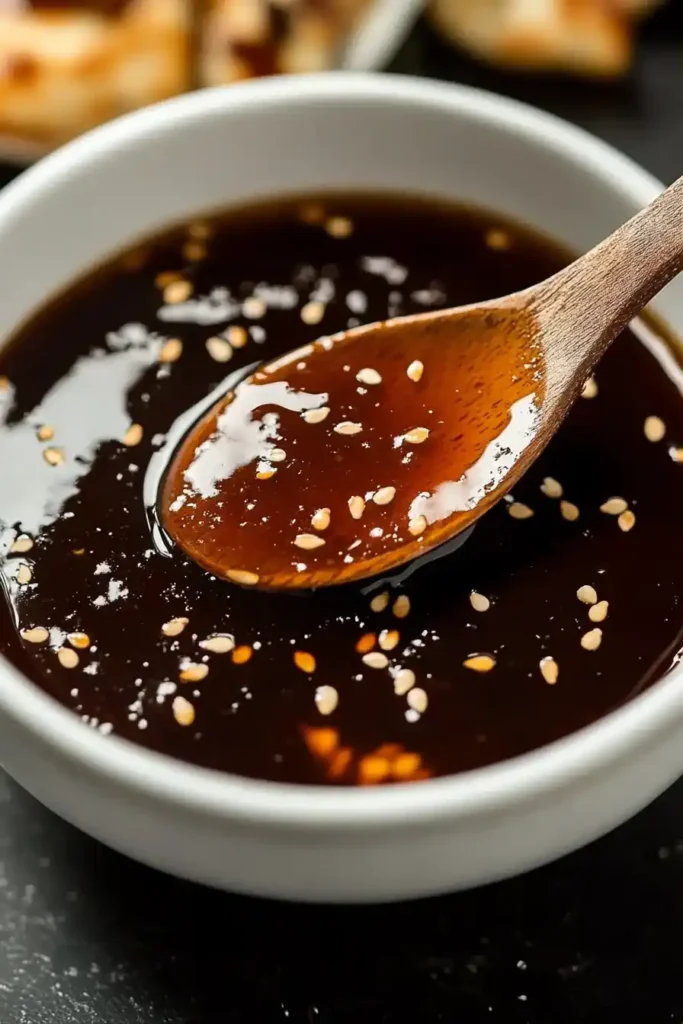
Serving Suggestions
A truly great sauce isn’t just flavorful — it’s versatile. This soyaki sauce recipe is the kind of all-purpose, flavor-packed condiment that elevates nearly everything it touches. Whether you’re planning a casual weeknight dinner or a Saturday night grill party, this soyaki sauce recipe can carry an entire meal.
Over Grilled Meats
Brush this soyaki sauce recipe over grilled chicken thighs, steak tips, or even salmon fillets as they finish cooking. The natural sugars in the sauce caramelize into a glossy glaze that clings beautifully to the meat, adding sweet-savory richness in every bite.
As a Stir-Fry Powerhouse
Use this soyaki sauce recipe as the primary seasoning for your next veggie stir-fry. Sauté bell peppers, broccoli, snap peas, and carrots until just tender, then toss in the sauce for a glossy, addictive finish. Add tofu or tempeh for a protein-packed vegetarian main.
Bowl Magic
Drizzle this soyaki sauce recipe over a bed of steamed jasmine rice, topped with shredded rotisserie chicken, quick-pickled cucumbers, soft-boiled egg, and scallions. You’ve just built yourself a fast, flavorful rice bowl with serious restaurant vibes.
Dipping Delight
Pour the soyaki sauce recipe into a small bowl and serve as a dipping sauce for dumplings, spring rolls, or crispy tofu bites. Its balance of acidity and umami cuts through fried foods and adds contrast to delicate textures.
Noodle Nights
Toss freshly boiled soba, lo mein, or udon noodles with a few tablespoons of this soyaki sauce recipe. Add sliced cucumbers, shredded carrots, and a sprinkle of sesame seeds for a chilled noodle salad — perfect for warmer days.
Tips for Best Results
Use Fresh Aromatics
Ginger and garlic are the soul of this soyaki sauce recipe. Use fresh, not jarred or powdered, to get the bold, bright flavor that sets homemade sauces apart from store-bought ones.
Watch the Heat
When simmering the sauce, medium heat is your friend. High heat can cause sugars to burn or overpower the garlic and ginger, leading to bitterness. A gentle simmer gives your soyaki sauce recipe time to develop rich complexity without losing clarity.
Customize Your Consistency
Prefer a thinner soyaki sauce recipe? Skip the cornstarch slurry. Want a thicker glaze for brushing onto grilled foods? Simmer an extra 2–3 minutes after adding the slurry. The choice is yours.
Taste and Adjust
After simmering, always taste your soyaki sauce recipe before storing. Add a splash more pineapple juice if you want it brighter, or an extra drizzle of honey if you want more depth. It’s all about balance.
Toast Your Sesame Seeds
For extra nutty aroma, toast your sesame seeds in a dry skillet over medium heat for 2–3 minutes before adding them to your soyaki sauce recipe. This small step adds big flavor.
Storage Instructions
The soyaki sauce recipe is designed for real life — meaning it keeps well, stores easily, and can be used across meals all week long.
Refrigerator Storage
Pour your cooled soyaki sauce recipe into a mason jar or glass container with a tight-fitting lid. Refrigerate for up to 10 days. Shake or stir before each use, as some separation is normal due to the sesame oil.
Freezer Tips
Yes, you can freeze this soyaki sauce recipe! Pour it into ice cube trays and freeze until solid. Transfer the cubes to a zip-top bag and store for up to 3 months. Pop a cube into a hot pan with veggies or proteins and watch the flavor come to life.
Reheating Advice
If your soyaki sauce recipe thickens too much in the fridge, warm it gently in a small saucepan with a splash of water or pineapple juice to loosen it. Avoid boiling it again to preserve the aromatics.
FAQ
Can I use this soyaki sauce recipe as a marinade?
Absolutely. This soyaki sauce recipe makes a deeply flavorful marinade for chicken, tofu, shrimp, or steak. Its balance of sweetness, saltiness, and acidity tenderizes while infusing your protein with rich flavor. Marinate for at least 30 minutes — or overnight for extra depth.
Is this soyaki sauce recipe gluten-free?
It can be. Simply substitute low-sodium soy sauce with tamari or coconut aminos, both of which are naturally gluten-free. The rest of the ingredients in this soyaki sauce recipe are typically safe, but always double-check your labels, especially on vinegar and sesame oil.
Can I make a sugar-free version?
Yes! This soyaki sauce recipe is incredibly flexible. Swap brown sugar and honey with monk fruit, stevia, or date syrup to reduce the glycemic load. Just keep in mind that sugar contributes to both flavor and thickness — so you may want to reduce your simmer time slightly if using non-sugar sweeteners.
How long does this soyaki sauce recipe last?
Stored properly in a clean, airtight jar in the fridge, this soyaki sauce recipe lasts up to 10 days. For longer storage, freeze portions in an ice cube tray and use as needed.
Can I use this soyaki sauce recipe in stir-fries?
Definitely. It’s a fantastic finishing sauce for stir-fries. After cooking your vegetables and proteins, toss everything with a few tablespoons of this soyaki sauce recipe and stir-fry for an extra minute to thicken and coat evenly.
Conclusion
There’s a reason this soyaki sauce recipe earns a permanent spot in your fridge once you try it. With every fragrant stir of garlic and ginger, with each silky spoonful poured over a bowl of rice or grilled chicken, you’re building something meaningful — not just dinner, but flavor memories.
Homemade sauces have a way of connecting us to tradition, to seasonality, and to the joy of cooking with intention. And the beauty of this soyaki sauce recipe is how easy it is to adapt, personalize, and integrate into your everyday kitchen routine.
So next time you’re tempted to grab a bottle off the grocery store shelf, remember this: in just 15 minutes, you can whisk together a sauce that’s better, bolder, and uniquely yours.
Print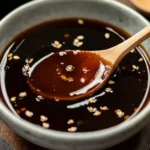
Soyaki Sauce Recipe
- Total Time: 15 minutes
- Yield: 1¼ cups (about 10 servings) 1x
- Diet: Gluten Free
Description
Sweet, savory, and tangy, this homemade soyaki sauce blends soy, teriyaki, ginger, and garlic for the ultimate stir-fry or dipping sauce.
Ingredients
Main Ingredients:
- ¾ cup low-sodium soy sauce (or tamari for gluten-free)
- ¼ cup pineapple juice (fresh or bottled, not from concentrate)
- 2 tablespoons brown sugar
- 2 tablespoons honey
- 1 tablespoon toasted sesame oil
- 2 teaspoons fresh ginger, grated
- 2 teaspoons garlic, minced or grated
- 2 tablespoons rice vinegar
Optional Thickener:
- 1 tablespoon cornstarch
- 2 tablespoons cold water
Finishing Touches:
- 1 tablespoon toasted sesame seeds
- ½ teaspoon crushed red pepper flakes (optional)
Instructions
- Prepare Aromatics: Grate fresh ginger and garlic.
- Combine Base: In a small saucepan, whisk together soy sauce, pineapple juice, brown sugar, honey, sesame oil, and rice vinegar.
- Add Aromatics: Stir in ginger and garlic. Simmer on medium heat.
- Simmer & Infuse: Let sauce simmer uncovered for 5–6 minutes, stirring occasionally.
- Optional Thickening: Mix cornstarch and cold water into a slurry. Whisk into the sauce and simmer for 1–2 minutes until thickened.
- Finish: Remove from heat, stir in sesame seeds and red pepper flakes.
- Cool & Store: Let cool for 10–15 minutes. Store in a mason jar in the fridge for up to 10 days.
Notes
- For gluten-free: use tamari or coconut aminos.
- For sugar-free: substitute sweeteners like monk fruit or date syrup.
- Store in fridge for 10 days or freeze in cubes for up to 3 months.
- Great as marinade, stir-fry sauce, or glaze for grilled meats and tofu.
- Prep Time: 5 minutes
- Cook Time: 10 minutes
- Category: Condiment
- Method: Simmering
- Cuisine: Asian Fusion
Nutrition
- Serving Size: 2 tablespoons
- Calories: 58 kcal
- Sugar: 7 g
- Sodium: 460 mg
- Fat: 1.8g
- Saturated Fat: 0.3g
- Unsaturated Fat: 1.5 g
- Trans Fat: 0 g
- Carbohydrates: 10g
- Fiber: 0.3 g
- Protein: 1.2 g
- Cholesterol: 0mg
Additional Recommended Recipes
Looking for more ways to use this soyaki sauce recipe or complement its flavors? Try these ideas next:
- Panda Express Teriyaki Chicken Recipe – Sticky-sweet and savory with a perfect char, ideal with your homemade Soyaki.
- Phat Si-Io Recipe – Thai-style stir-fried noodles that soak up sauce beautifully—customize it with your own twist.
- Blackstone Hibachi Recipe – A sizzling teppanyaki experience at home, made better with a drizzle of Soyaki.
- Mongolian BBQ Recipe – Bold, saucy, and great for showcasing layered umami flavors.
These dishes will help you get the most out of your Soyaki sauce—whether you’re grilling, stir-frying, or dipping!
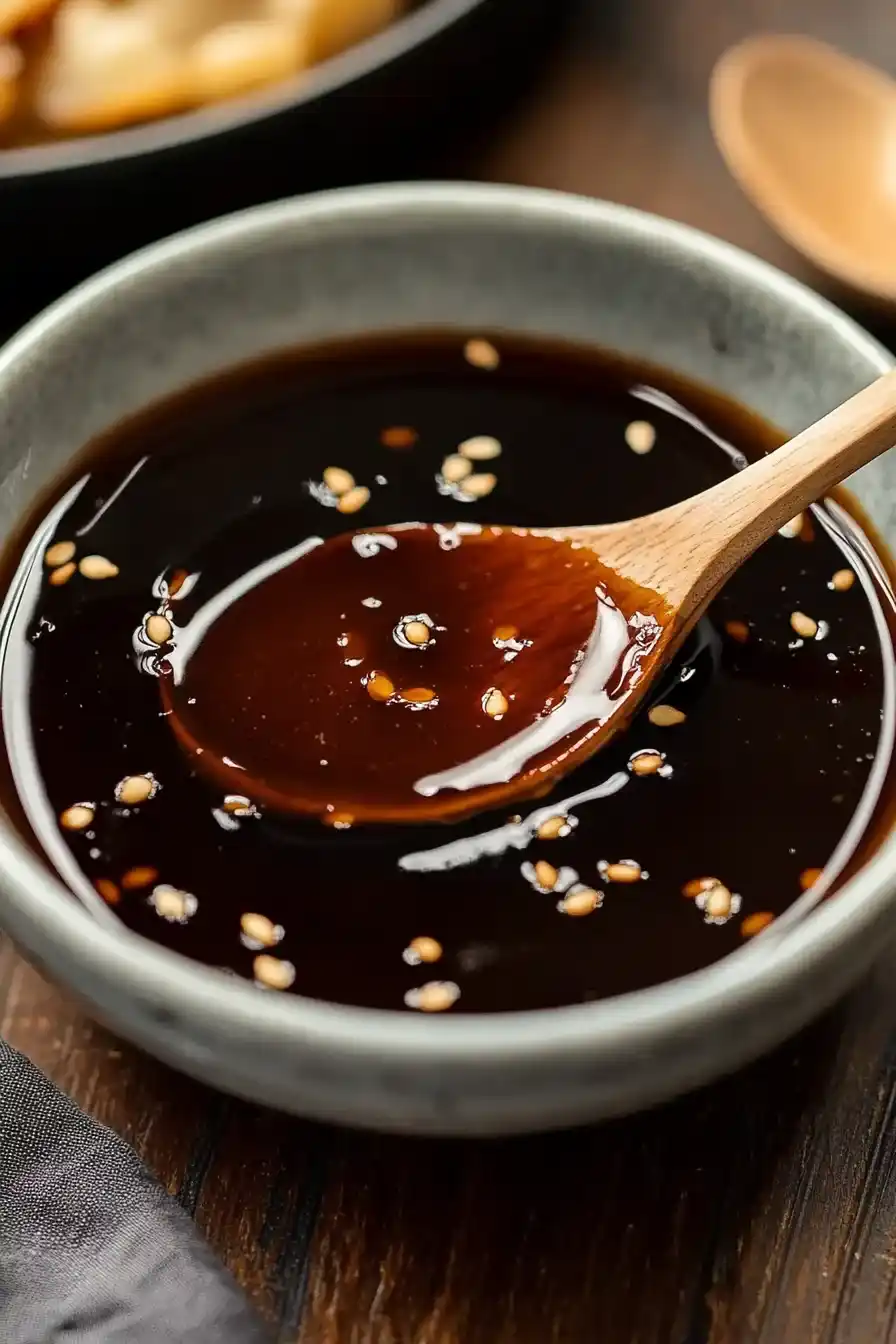

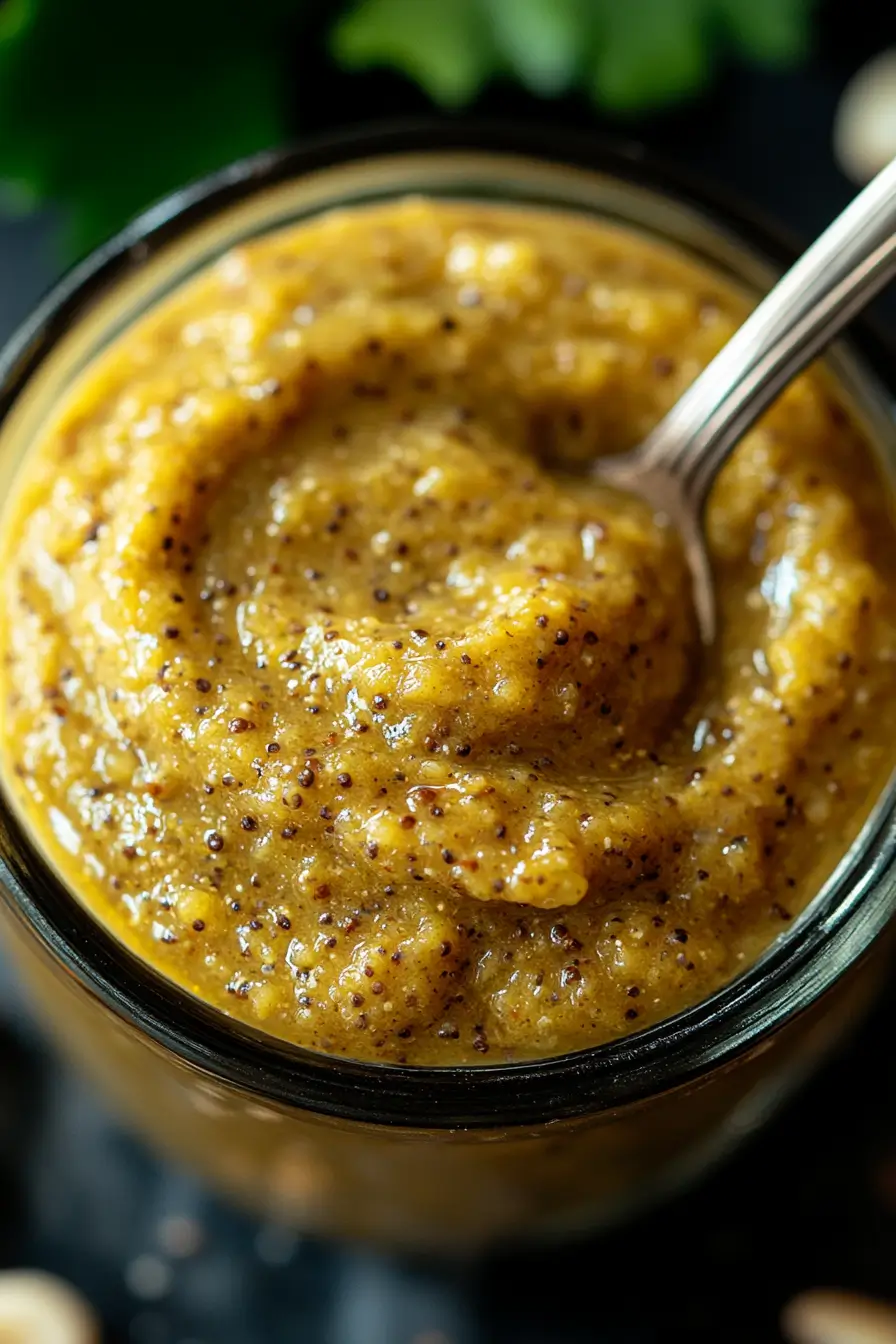
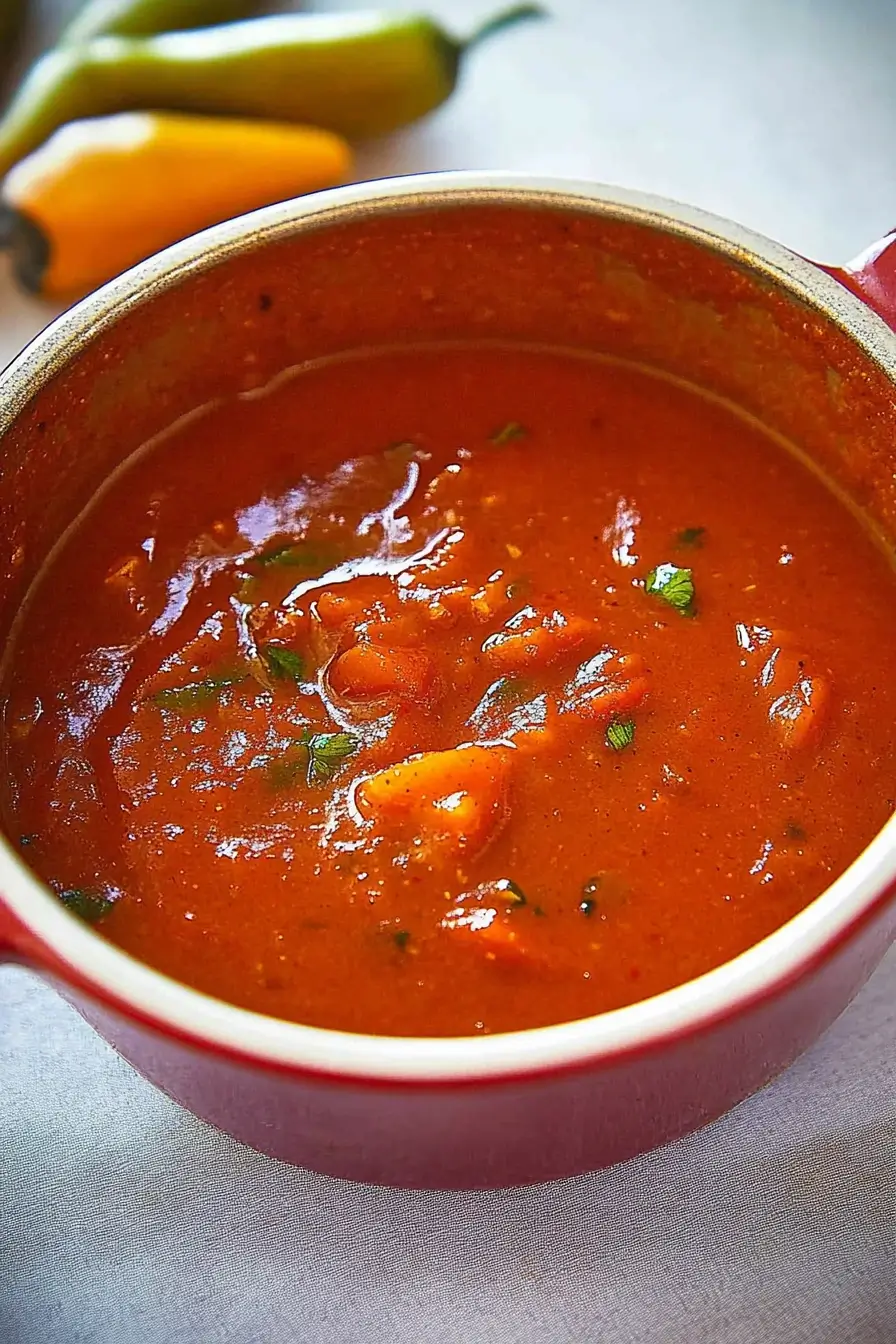
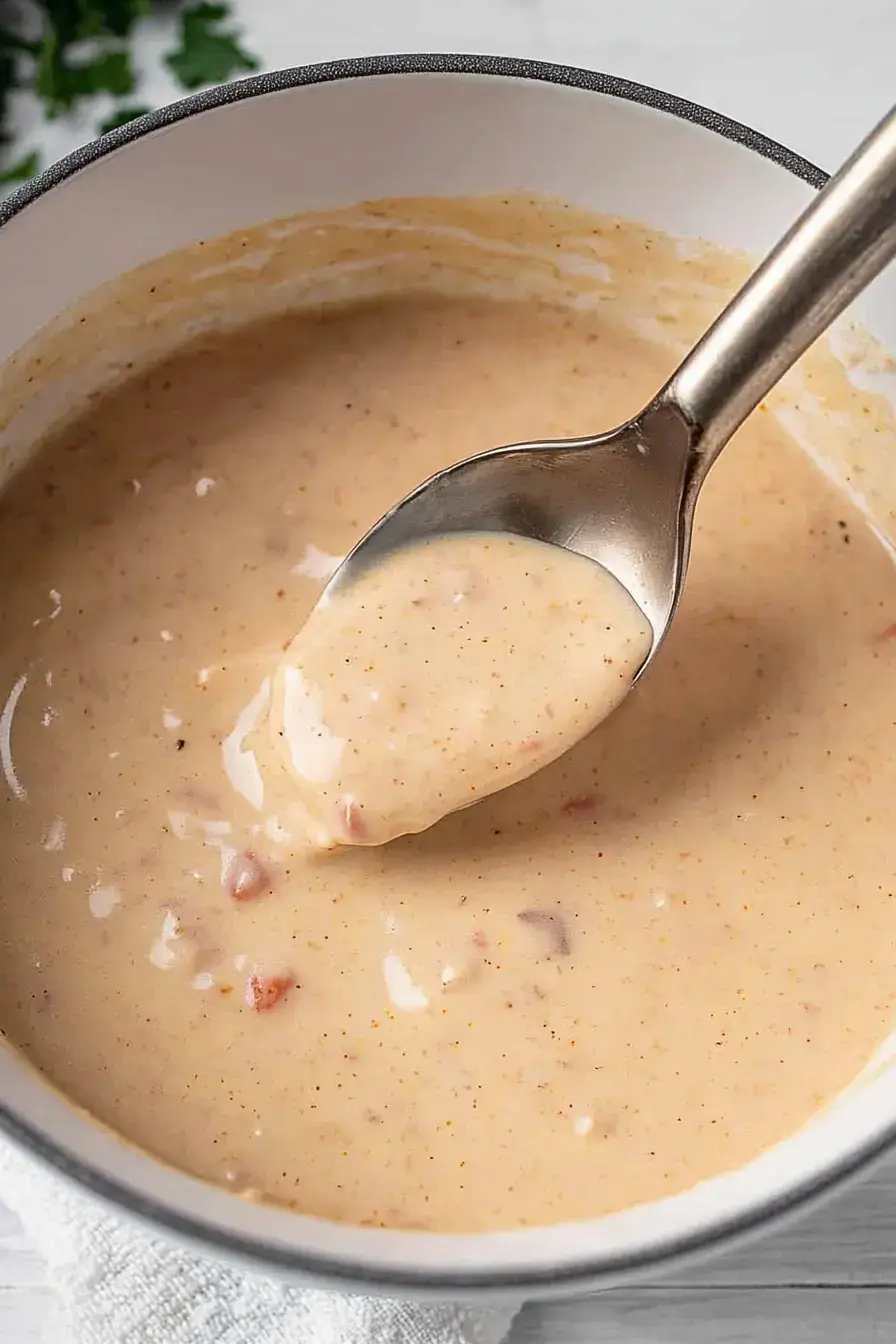
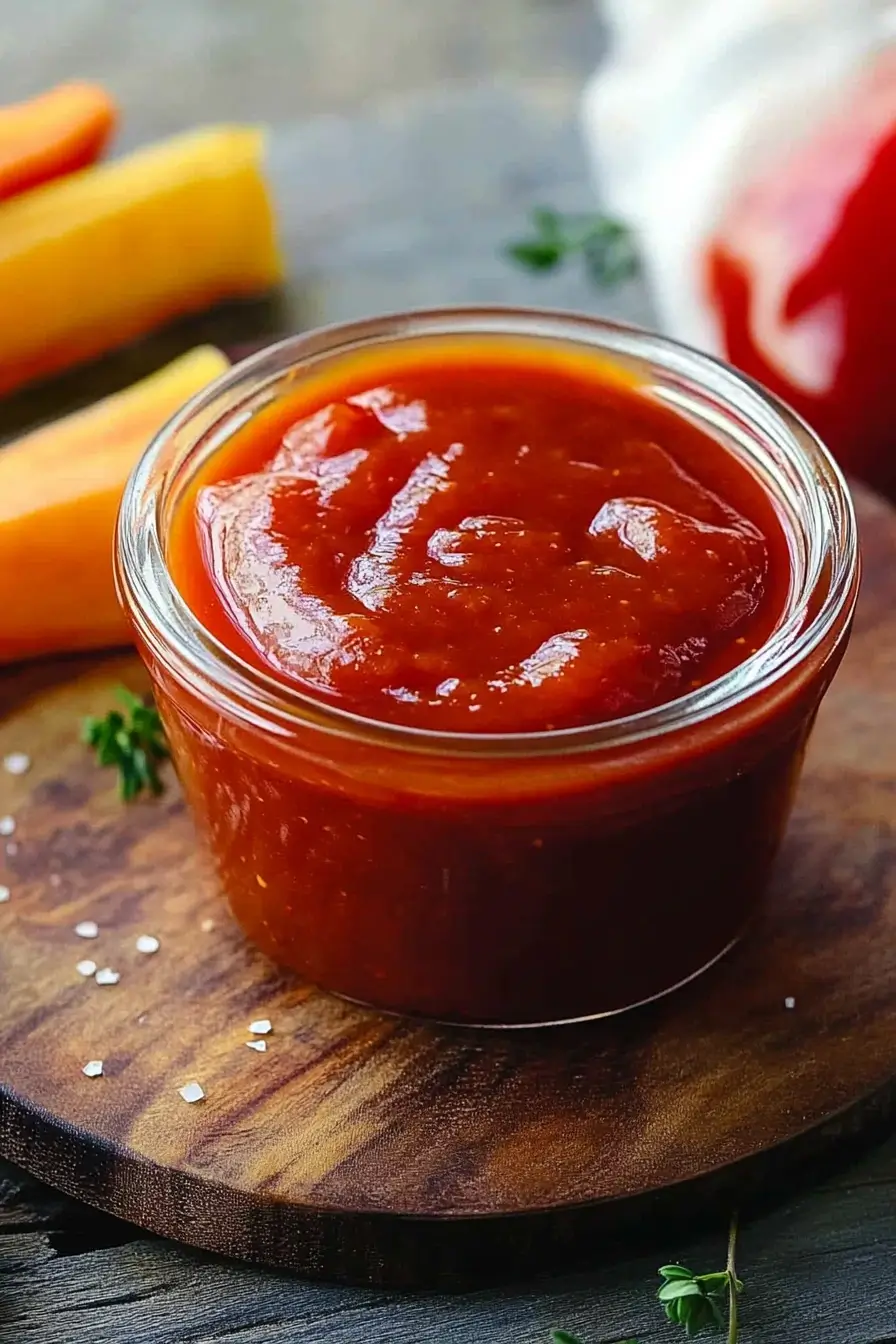
Comments and Reviews